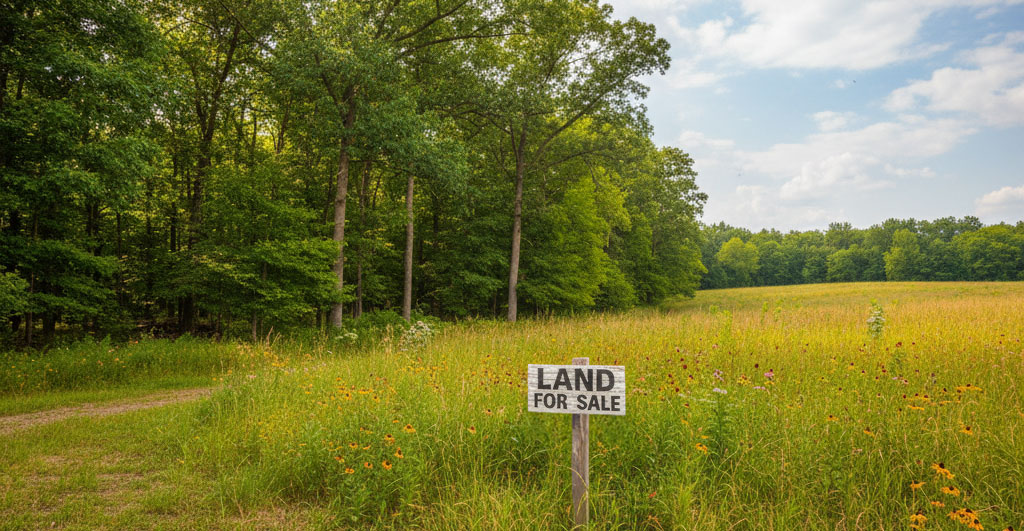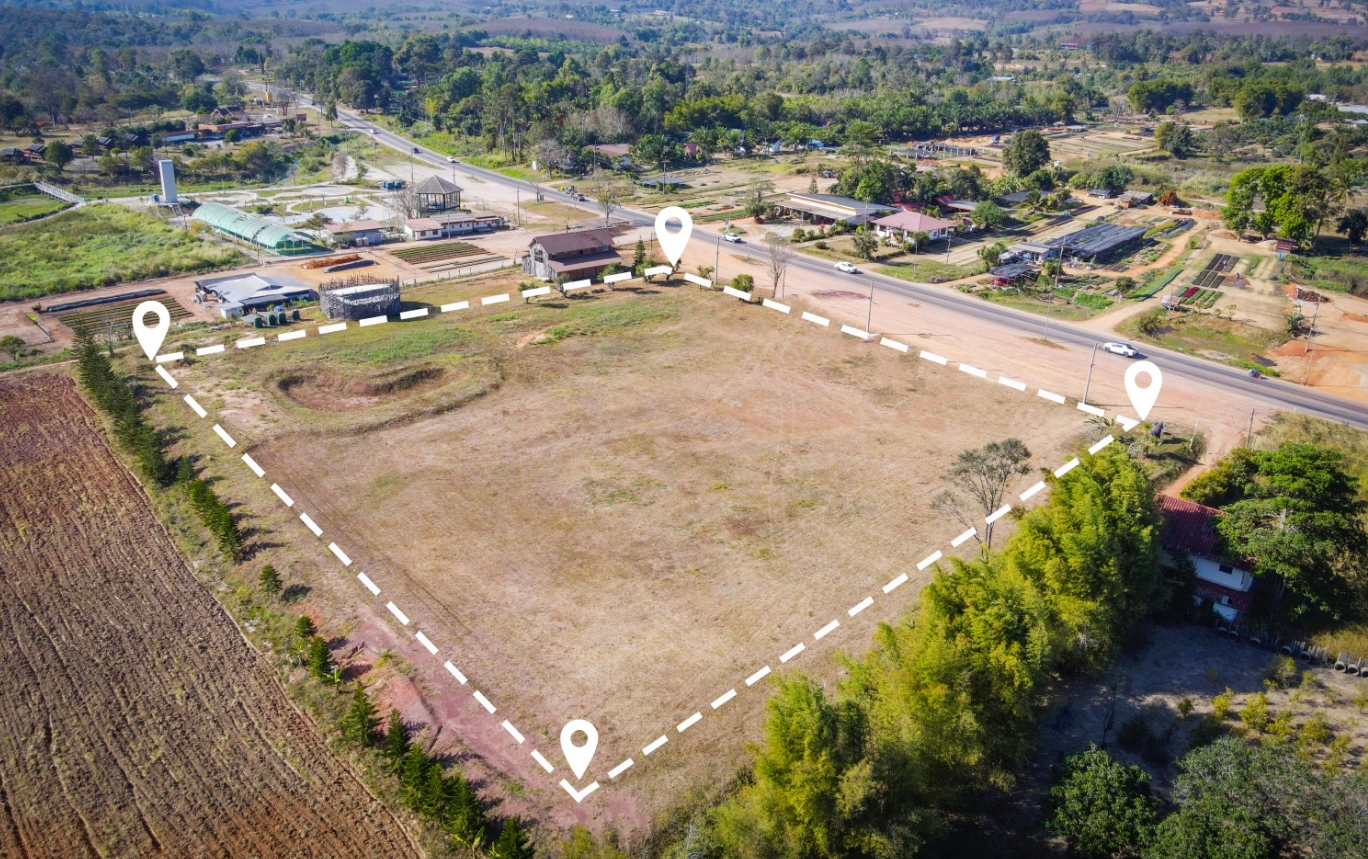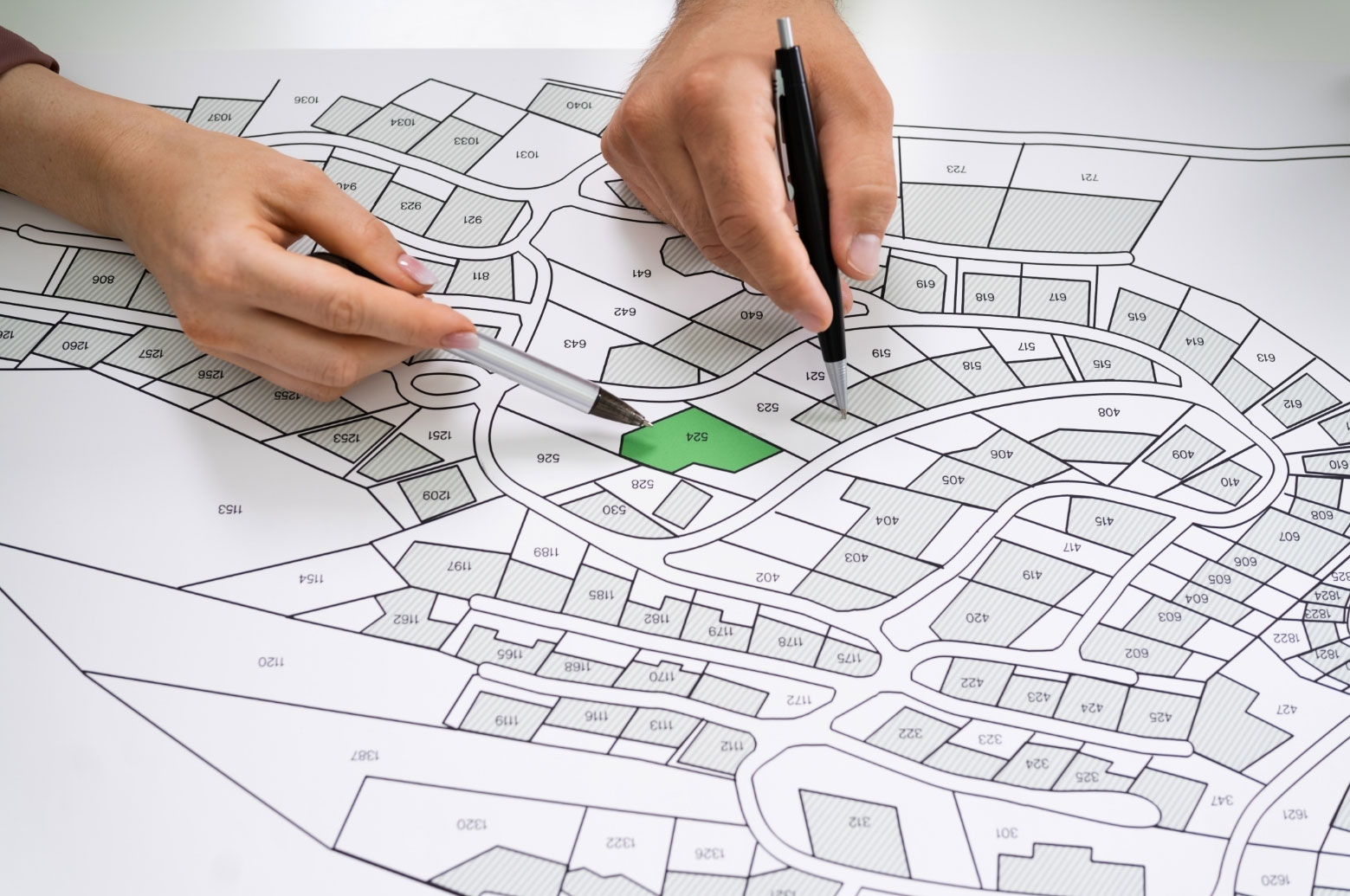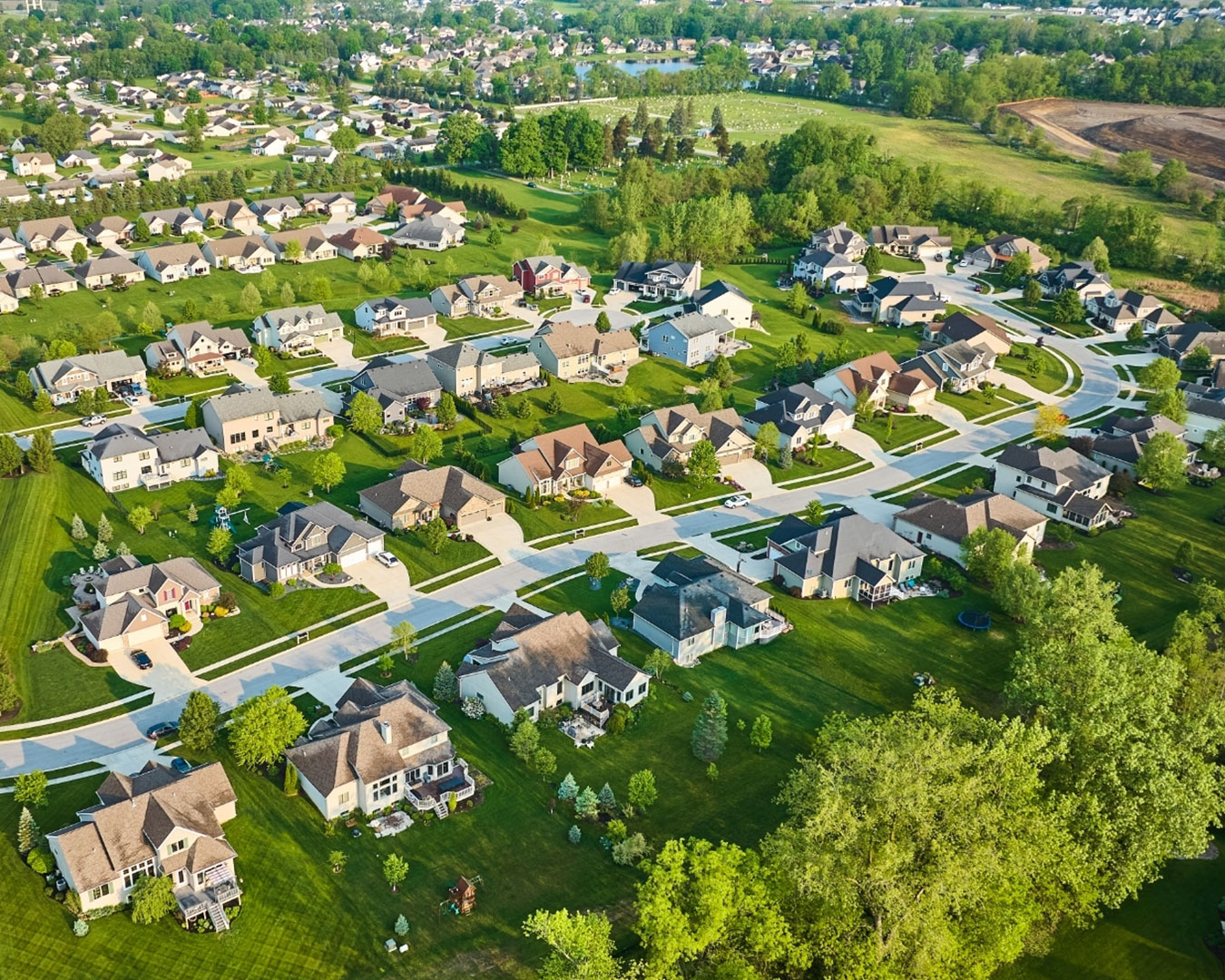"We abuse land because we regard it as a commodity belonging to us. When we see land as a community to which we belong, we may begin to use it with love and respect." - Aldo Leopold
Despite the wishful thinking of conservationist Aldo Leopold, most of our country's land is owned, sold, and developed as a commodity. Land is capital, land is an investment, land is business. But for many of us, land is home.
In the suburbs, where country means city, residents often hope to preserve the rural character of their community while still enjoying modern amenities and services. Meanwhile, people seek affordable places to live. This article presents a brief overview of how land use planning works and recommends steps citizens can take to influence win-win solutions for conservation.
How Zoning Works
In Ohio, a municipality is defined as either a city (population 5,000 residents or more) or a village (fewer than 5,000 residents) which means that residents successfully petitioned to incorporate, establishing a government with powers to self-govern, legislate, and collect/spend taxes for the greater good of residents. For unincorporated areas (anything other than a municipality), townships provide leadership and services such as road maintenance and zoning.
Many communities have zoning ordinances which are specific rules regarding things like lot size, building heights, setback requirements, and density limits for various zones of land use. Land use zoning governs how property can and cannot be used in specific areas, thereby promoting orderly development, ensuring compatibility between land uses, protecting property values, and preserving the overall quality of life in a community. Zoning categories include residential (further categorized by type), commercial, industrial, agricultural, and mixed-use.
Zoning departments often have a growth plan which maps out the future use of undeveloped land. These plans are updated periodically with the help of an advisory body (Planning and Zoning Commission) of professionals in real estate, architecture, law, business, or environmental science appointed by city/village council or township trustees to make formal recommendations on complex planning matters and to assist with rezonings and development proposals.
Many municipalities and townships employ a professional Planning and Zoning Director to draft plan and ordinance language, conduct long-range planning research, and review development applications. This person serves as the primary contact to help landowners interpret ordinances and navigate processes, while preparing reports for trustees and zoning commissions related to landowner applications.
Land use planning happens at both the county and municipal or township level. Elected members of the City/Village Council or Township Board of Trustees make decisions on development projects and zoning issues. The elected officials that serve on the County Board of Commissioners coordinate with all municipalities and townships within their borders and may have additional regulations or input as they coordinate regional issues like transportation, water supply, and economic development. Local planning and zoning responsibilities are granted by the state. Landowners can request exceptions to zoning ordinances (variances), permission for certain activities under specific conditions (conditional use permits), and changes of zoning classifications (zoning amendments) by appealing to their community’s Board of Zoning Appeals (an appointed board that uses court-like protocol on a case-by-case basis to interpret zoning policies).
Landowner Rights and Interests
It's very hard to take away a landowner's right to do what they want with their land. Zoning can lead to legal disputes over “regulatory takings,” when restrictions takeaway the value of someone’s land. This might happen if a landowner’s request to rezone a parcel from agricultural to residential is denied. Many owners of large land parcels, often retiring farmers, inheritors, or out-of-town investors, are hoping that a developer or land holding company will offer top dollar for their land when they need the money. They might enter into a contingency sale, meaning that the sale is contingent on rezoning and approval of the proposed use, typically subdivisions or sometimes industrial projects. The developer often acts as a landowner's representative in the zoning process, since the current landowner is not required to attend public hearings. Developers typically begin by meeting with the local planning and zoning director to review the proposal and understand the application requirements. In these early discussions, planning staff do not advocate for or against the project but instead remain neutral while guiding the applicant through the submittal and review process. Staff may explain how the proposal aligns, or fails to align, with the underlying zoning district standards, and in the case of a Planned Development (PD), they may discuss potential conditions or modifications that could bring the project into compliance. When the developer is ready, the design is presented to appointed and elected officials at a public meeting.
This is often when residents hear the details of a proposed development for the first time. Many in the audience will be there to protest, often with attitudes like NIMBY (Not in My Backyard), QUIMBY (Quit Urbanizing In My Backyard) and CAVE (Citizens Against VirtuallyEverything). Trustees have been known to say that "every resident wants to be the last one in, then lock the door against new development." But if zoning amendments are denied, development companies may take a municipality to court on behalf of the landowner. Municipal money to defend against the lawsuit typically comes from taxpayers through the general fund, diverted from other community services. If a rezoning precedent has already been established in the community, it will be hard to deny the development. Ideally, negotiations can be agreed upon without heading to court.
It may seem that community members don't have much power to stop development, and that's pretty much true. But it’s possible for a reasonable compromise between private rights and public needs. Scroll to read how YOU can impact land conservation in your own community.












